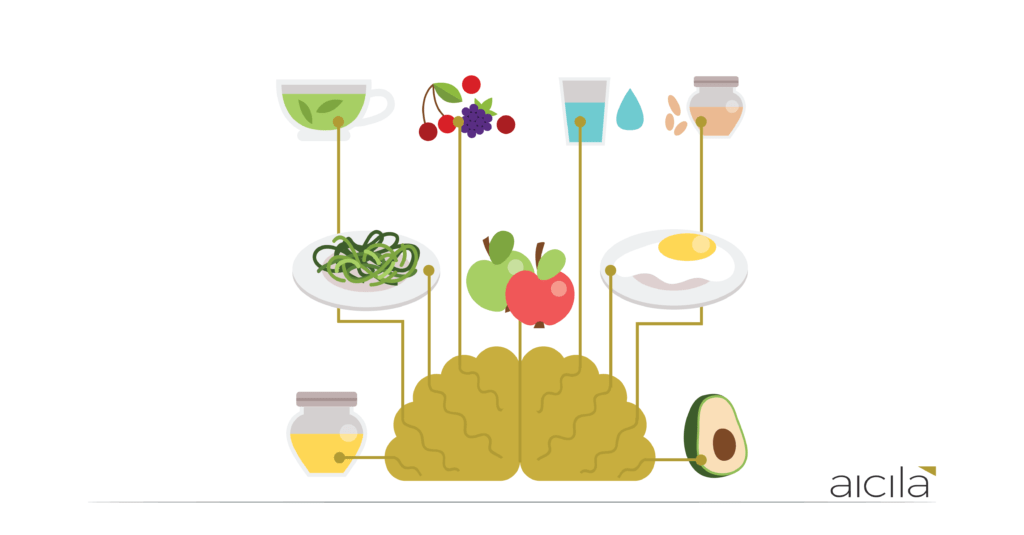Beginner’s Guide to Sensory Analysis in Food Products

Welcome to the world of sensory analysis—a fascinating journey into the realm of taste, smell, texture, and overall consumer experience! In this guide, we’ll explore how statistical and data analysis tools can be used to evaluate and improve food products based on consumer feedback.
What is Sensory Analysis?
Sensory analysis is a scientific method used to evaluate food products by assessing their sensory attributes, such as appearance, aroma, taste, texture, and mouthfeel. By gathering feedback from trained panelists or consumers, food producers can gain valuable insights into the sensory characteristics of their products and make informed decisions to enhance their quality and appeal.
Key Concepts
1. Data Collection
The first step in sensory analysis involves collecting data on the sensory attributes of food products. This can be done through:
- Consumer Panels: Groups of individuals who are trained to evaluate food products based on predefined criteria, providing subjective feedback.
- Sensory Evaluation Forms: Structured questionnaires or rating scales used to record sensory perceptions, preferences, and responses.
- Instrumental Analysis: Objective measurements using sensory analysis equipment to quantify attributes such as color, aroma intensity, and texture profile.
2. Statistical Analysis
Once data is collected, statistical analysis techniques are applied to identify patterns, trends, and relationships in the sensory data. Common statistical methods used in sensory analysis include:
- Descriptive Analysis: Quantitative techniques to describe and quantify sensory attributes, such as mean scores, standard deviations, and ranking.
- Analysis of Variance (ANOVA): Statistical tests to determine if there are significant differences in sensory scores between different samples or treatments.
- Principal Component Analysis (PCA): Multivariate analysis technique used to identify underlying patterns in complex sensory data and visualize relationships between samples and attributes.
- Correlation Analysis: Examining the relationship between sensory attributes and consumer preferences to identify key drivers of liking or acceptance.
Benefits of Sensory Analysis
Sensory analysis offers several benefits for food producers and consumers alike, including:
- Quality Assurance: Ensuring consistency and quality in food products by identifying sensory defects or deviations from desired attributes.
- Product Development: Guiding the formulation and optimization of food products to meet consumer preferences and market demands.
- Market Differentiation: Using sensory attributes to differentiate products from competitors and create unique selling propositions.
- Consumer Satisfaction: Enhancing consumer satisfaction and loyalty by delivering products that meet sensory expectations and preferences.
Getting Started
Interested in incorporating sensory analysis into your food product development process? Here are some steps to get started:
- Define Objectives: Clearly define the objectives of your sensory analysis, including the sensory attributes to be evaluated and the target consumer segment.
- Select Methods: Choose appropriate sensory evaluation methods and techniques based on your objectives, budget, and resources available.
- Recruit Panelists: Recruit and train panelists or consumers to participate in sensory evaluations, ensuring they understand the evaluation criteria and procedures.
- Collect Data: Conduct sensory evaluations and collect data on sensory attributes, using standardized protocols and evaluation forms.
- Analyse Results: Analyze sensory data using statistical and data analysis tools to extract meaningful insights and make data-driven decisions for product improvement.
Conclusion
Sensory analysis is a powerful tool for evaluating and improving food products based on consumer feedback. By harnessing statistical and data analysis techniques, food producers can gain valuable insights into the sensory characteristics of their products and make informed decisions to enhance their quality, appeal, and consumer satisfaction. So, whether you’re a novice or an expert, embrace the principles of sensory analysis and unlock the secrets to creating delicious, enjoyable, and market-leading food products!


